Instantly improve your brand using one of these 12 timeless archetypes.
Archetype.
Did I lose you already? It’s one of those words that sound not-so-fun. A little stiff, maybe a little scholarly. What is it? And how does it relate to branding?
I’ll tell you a big secret. Archetypes are something that hundreds of national and multi-national brands have harnessed to their success. It might even be argued that some of the most successful brands (think: Nike, Apple) have utilized it the most.
Some of the most successful brands (think: Nike, Apple) have utilized archetypes the most Click To Tweet
First, what is it. Archetypes are simply recurring motifs, or stereotypes, found in literature, art, stories, mythology, and now, brands. They allow us to give meaning and find purpose to our lives and the world around us. Each archetype contains truth about the human condition, and resonates with us on some level.
For example, and because I like Star Wars, let’s look at the character Han Solo. Everyone loves Han Solo. Why? Because he does all the things we wish we could do. We wish we could buck tradition, make our own rules. Speak our mind, not care what others think. Be devilishly handsome and authentic. Live dangerously. Talk (or blast) our way out of trouble.
These are all characteristics of The Outlaw, or Rebel, archetype. Somewhere, within our human experience, is the fierce spark of independence. That’s why we have a soft spot for Han. He exemplifies the Outlaw in all of us.
So how does this relate to branding?
Brands are most successful when they resonate emotionally with their audience. Imagined or not, most people associate certain personalities and emotions with brands. Taken collectively with a company’s marketing efforts, they help form a brand’s archetype. Altogether there are 12 fundamental archetypes, based loosely on Carl Jung’s work.
1. The Hero
Probably one of the most easily recognized archetypes, the Hero sends a simple message: to save the day.
Now, this can be as noble as literally saving us from harm (Michelin Tires, ADT), or as silly as saving us from dead electronics (Duracell). The Hero is goal-oriented, focused, and determined. The Hero fights to overcome adversities, to rise to the occasion, beat the odds, and take others with them as they do so.
This is the classic Superman archetype. They are strong, driven, confident, and want to help and protect others.
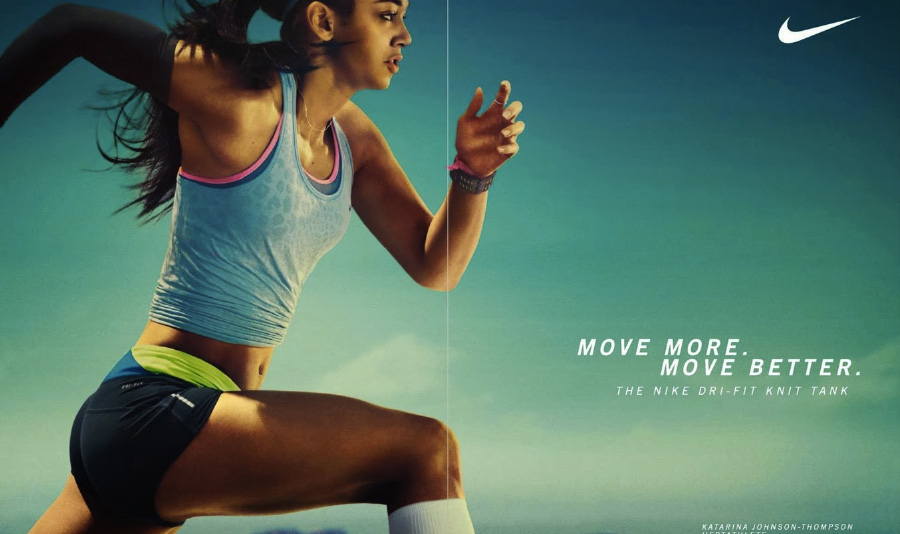
Traits: Strength, courage, sacrifice, goodness, bravery, stamina, redemption
Examples: Nike, FedEx, Snickers
Star Wars BFF: Luke Skywalker
2. The Innocent
From Forrest Gump to Piglet, we all have a soft spot for The Innocent. They remind us not to take life too seriously, to stop and smell the roses. To find simple truths in a complex world.
They are trusting, optimistic, and above all, wholesome. The Innocent encourages others with simple solutions and inner calm coupled with honesty. The Innocent brand exudes trust and offers trust in return, and envisions a world filled with love, happiness, and peace.
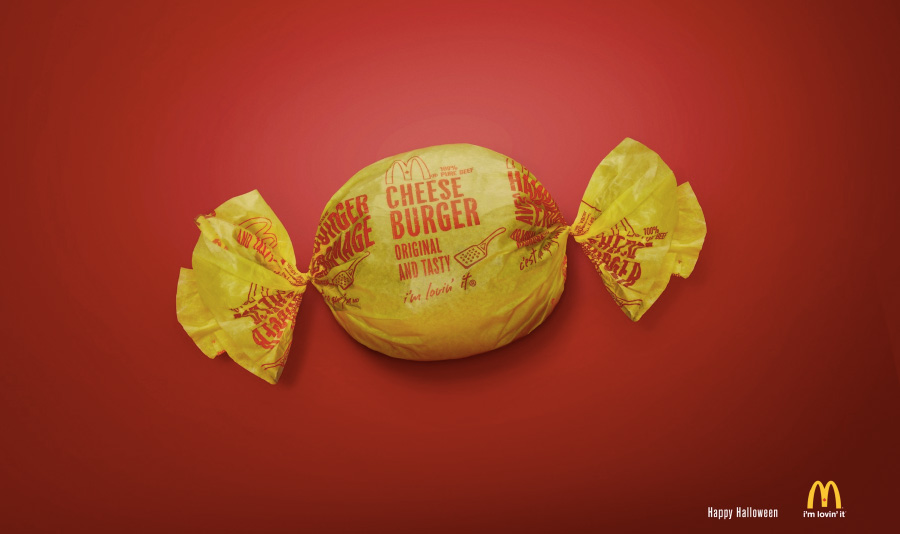
Traits: Child like, sweet, naïve, trusting, honest, lovable, happiness, pure, wonder, joy
Examples: McDonald’s, Dove, Coca-Cola
Star Wars BFF: R2D2
3. The Citizen (Everyman)
The Everyman is just that; ordinary everyday Joes. We like this archetype because we can easily relate to it; everybody’s invited. It’s not exclusive or stuck up.
The Citizen is open, approachable, laid-back, and doesn’t take itself too seriously. It’s easy to see why beer companies flock to portray themselves as accessible to everyone. The motivation behind this archetype is the desire to connect or to belong. Acceptance comes easily to The Everyman, as they are fair, friendly, understanding, and inviting.
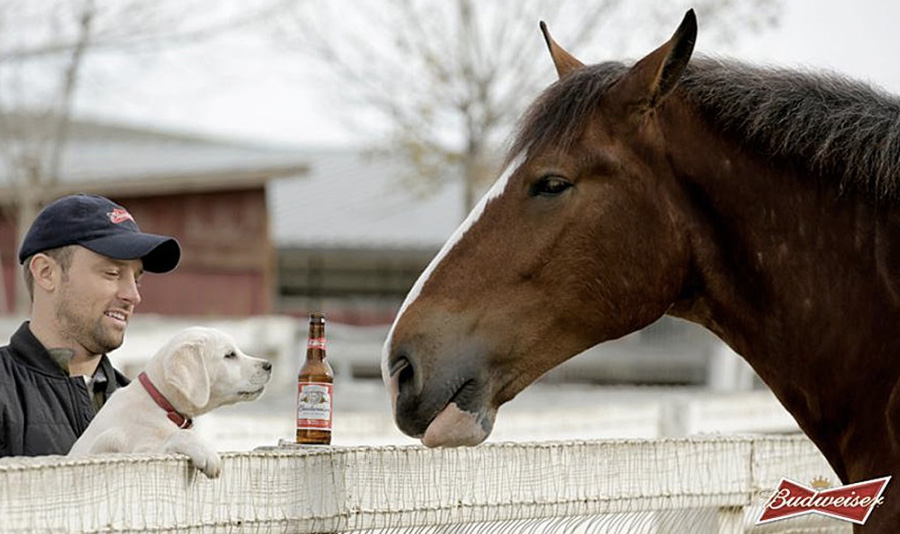
Traits: Integrity, fairness, down-to-earth, respect, approachable, friendly
Examples: Budweiser, TOMS, Chipotle
Star Wars BFF: Luke Skywalker (He’s Everyman turned Hero; see The Hero’s Journey)
4. The Lover
It’s easy to be seduced into thinking that The Lover is all about the birds and the bees, but it’s not. The Lover archetype desires relationships, loyalty, and connection. Intimacy is the name of the game.
This is why, unbeknownst to most, Chewbacca is actually portraying The Lover in Star Wars. Huh? Ew, gross, is probably what you’re thinking. Hear me out. Chewy is Han’s sidekick, his #2, his buddy. The big hairy beast acts as Han’s shadow, is ever loyal, and protects him viciously. See? The Lover.
Lover brands are typically charming and charismatic, friendly and fun. They have an enthusiastic appetite for life and greatly appreciate emotions, intense feelings, idealism, optimism, and harmony. They are most fulfilled by building relationships, whether romantic or platonic.
Classically this is seen as indulgent luxuries, like any sort of chocolate product (Godiva); or it can be as literal as lingerie (Victoria’s Secret).
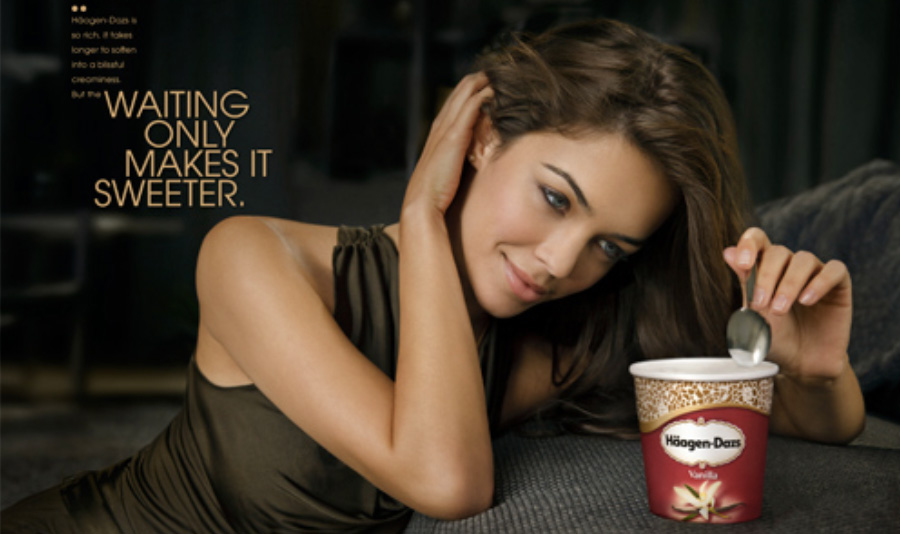
Traits: Intimacy, sensual, desire, faithfulness, relationship, connection, loyalty
Examples: Häagen-Dazs, Victoria’s Secret, Chanel
Star Wars BFF: Chewbacca
5. The Caregiver
The Caregiver does just that…gives care, unselfishly, compassionately, and generously. They are supportive, understanding, empathetic, dedicated, and optimistic.
This is the archetype predominantly at work with anything family-oriented. Babies, toddlers, parents? Better go with Caregiver. It has strong ties with hot buttons surrounding family values, and wanting safety for your loved ones.
The Caregiver comes with a promise: I’ll take care of you. It’s a simple but very strong message of support, dedication, hard work, and protection.
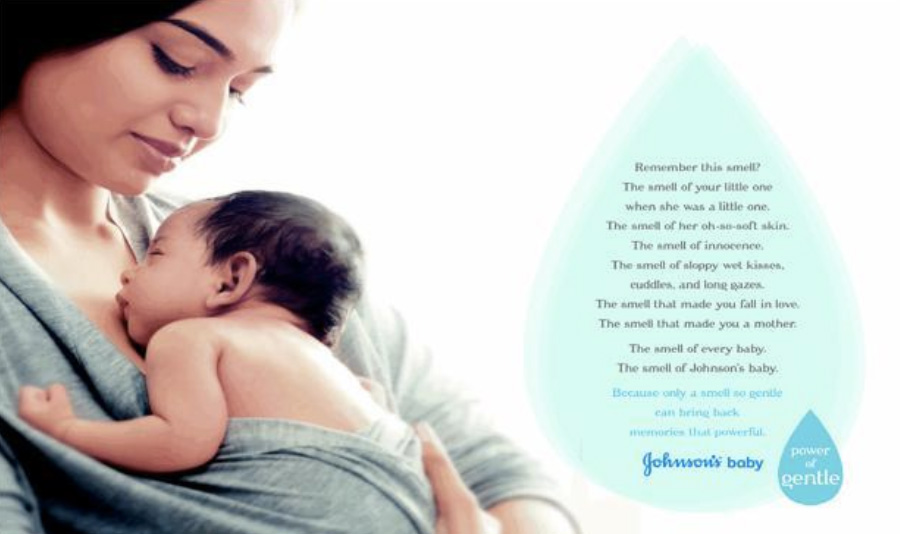
Traits: Nurturing, safe, protection, empathy, patience, compassion, devotion, efficient, responsible, trust
Examples: Johnson & Johnson, Amnesty International, Campbell’s
Star Wars BFF: Princess Leia
6. The Ruler
Strong. Powerful. Take charge. Luxury. These are the defining characteristics of a brand with a Ruler archetype, which is perfect for high-end products that establish exclusivity, like Cadillac or Rolex.
The Ruler promises control, dominance, and status. With a hot button of wanting to be better than others, it shows no sign of slowing down, with a global demand exceeding $200 billion dollars last year. The Ruler is naturally authoritarian, powerful, and confident, competently carrying many responsibilities and maintaining disciplined, goal-oriented ideals.
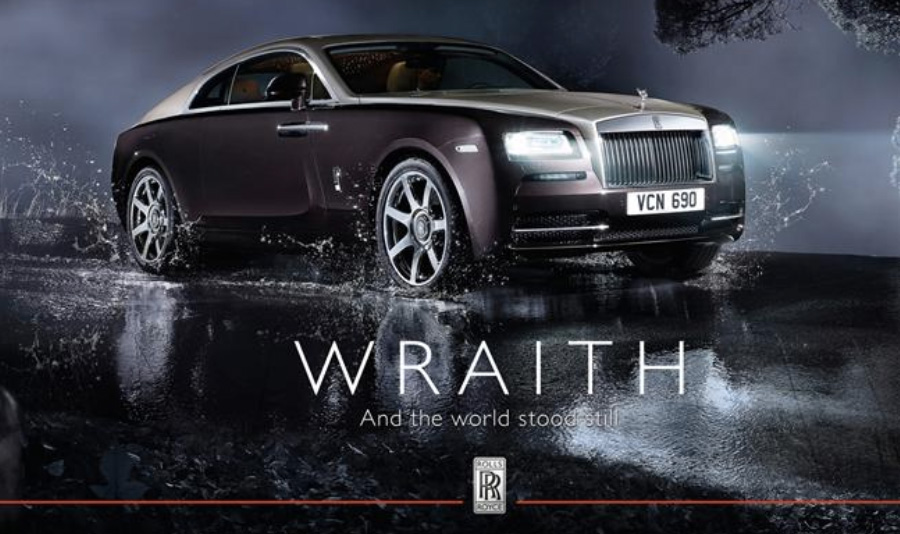
Traits: Strength, power, authority, driven, success, privilege, success, status, luxury, exclusivity
Examples: Rolls-Royce, American Express, British Airlines
Star Wars BFF: The Emperor
7. The Outlaw (Rebel)
Probably the second most popular archetype after The Hero, The Outlaw is the brand we secretly love. It is unconventional, pushes boundaries, and goes against the establishment.
The Outlaw is the brand we secretly love. Click To Tweet
Just like Han Solo, Rebel brands are outrageous, outspoken and radical in a cutting-edge way many of wish we were. Counter-cultural and sometimes innovative, this archetype won’t be conforming anytime soon. If your company likes to march to the beat of it’s own drum, this one’s for you.
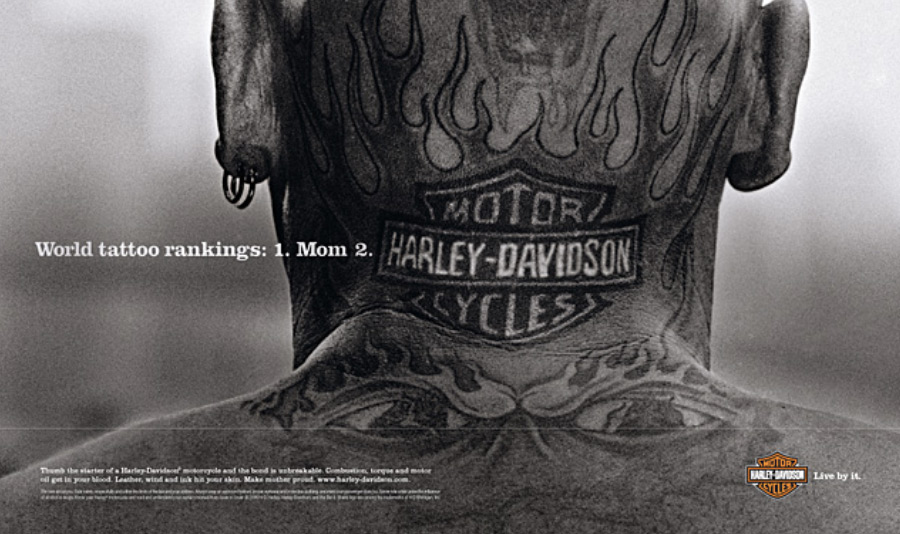
Traits: Risk taking, provocative, honest, rough, rule-breaker, bold, courageous, freedom, unconventional, independent
Examples: Harley Davidson, LEVI, Virgin
Star Wars BFF: Han Solo
8. The Magician
The Magician inspires transformation, encourages us to dream, and may be the catalyst for change. It creates a sense of magic and wonder, awakening the child within us. This is the sole reason Disney has become such a huge success.
I was 5 when I first went to Disneyland, and was subsequently traumatized by Space Mountain. Ever since I’ve been skeptical of all my friends who lose their minds when they go to Disneyland; I reasoned that I was an adult, and they obviously haven’t matured out of the larvae stage yet.
Well, I was recently dragged to Disneyland for the first time as an adult. Not only did I conquer my fear of Space Mountain, but I get it now. The whole time me and my husband were there, I felt like a kid again. It truly was a magical experience, and that’s what they capitalize on. This is why Disney has such a huge and loyal fan base.
Magicians aren’t just about magic tricks though. On a much deeper level, the skills of a Magician represent power which comes from mastering a secret knowledge and manipulating tools to control things and produce desired outcomes. They have high standards, intuition and insight.
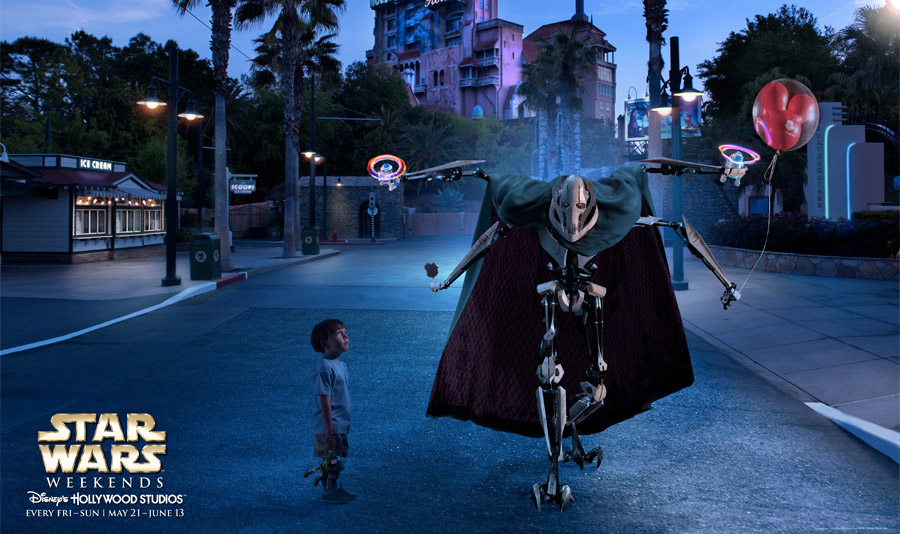
Traits: Magical, sense of wonder, mystical, fun, dream, intuition, charisma, curiosity, ideas, transformation
Examples: Disney, XBOX, Polaroid
Star Wars BFF: Darth Vader
9. The Sage
Think of The Sage as your go-to for wisdom, direction, and answers (“Ok, Google…”). These brands typically seek out and offer truth and knowledge.
A Sage, who at their core is intellectual and wise, is most fulfilled when looking for answers to unfulfilled questions. Rational and investigative as they are disciplined and unbiased, they simply want to understand the world while seeking out information and knowledge. News organizations usually portray themselves as The Sage (WSJ, CNN), as do motivational speakers and coaches (think Oprah).

Traits: Wisdom, knowledge, exploration, curiosity, intelligence, truth, honesty, advice, mentor, journey, transcendence
Examples: Rosetta Stone, Mayo Clinic, Wikipedia
Star Wars BFF: Obi Wan Kenobi/Yoda
10. The Explorer
This is the reason why we hike or go camping, why we dive to the deepest oceans, and push out into the boundaries of space. As humans, its within our DNA to explore.
It's within our DNA to explore. Click To Tweet
To discover uncharted paths, untouched places. Whether in the physical realm or intellectual, The Explorer has a deep desire for wholeness which is most fulfilled by seeking new approaches and perspectives. Tired of the status quo, Explorer brands promise novelty. They are independent, self-sufficient, ambitious, daring, curious, and above all, free.

Traits: Freedom, curiosity, adventure, outdoors, bravery, independence, excitement, wanderlust, experiences
Examples: Jeep, National Geographic, REI
Star Wars BFF: Lando Calrissian
11. The Creator
Just because you make something doesn’t make you a Creator. No, no. Brands with this archetype have a whole culture surrounding self-expression.
Creators most like to see new ideas take shape, like Crayola. This archetype loves unique, unusual, clever, and visionary creations. They find joy in demonstrating their innovation, individuality, and freedom from societal constraints and convention.
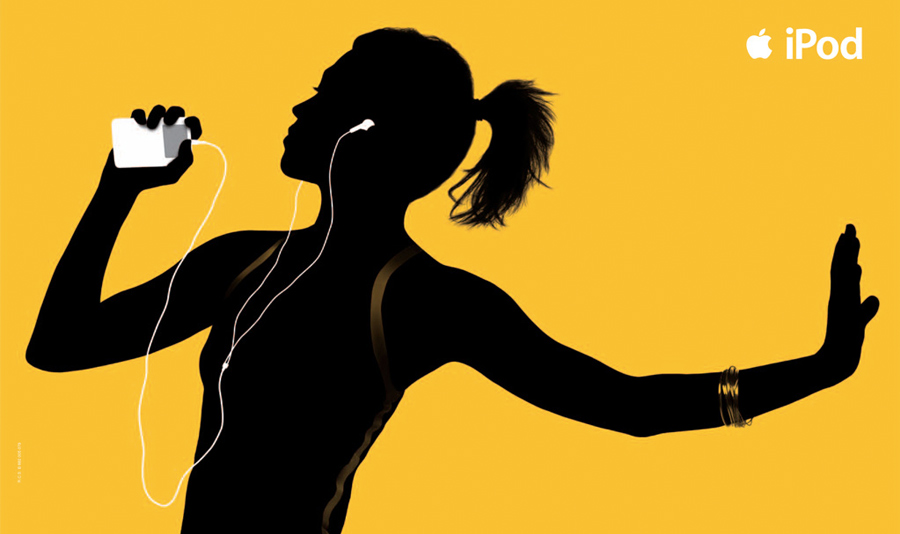
Traits: Creativity, imagination, vision, innovation, invention, expression, non-conformity, meaning, ideas
Examples: Adobe, LEGO, Apple
Star Wars BFF: The Force
12. The Jester
No one has ever accused The Jester of taking itself too seriously. You can spot this archetype by its light-heartedness, its insight, and its humor.
But don’t be fooled into thinking The Jester is just about laughs. If you recall, in the King’s court, the fool (Jester), often revealed hidden truths and wisdom through humor and wit.
The fool (Jester), often revealed hidden truths and wisdom through humor. Click To Tweet
The “fools” of our time include Jon Stewart, Stephen Colbert, SNL, among others. Truth is easier to swallow when wrapped in comedy. The Jester offers comic relief, hidden wisdom, and fun. They like to be exactly who they are, which is usually charismatic, magnetic, mischievous, and clever. You will see many snack foods fall into this archetype, which will appeal to many adolescents (and some adults who are young at heart).
Traits: Humor, wit, honesty, originality, good-natured, lovable, friendly, approachable, playful, fun, clever, wild
Examples: M&M’s, GEICO, Doritos
Star Wars BFF: C-3PO
There you have it. All 12 archetypes, seen through the eyes of branding. Which ones are your favorite? Do you think using archetypes is useful for business? Why or why not?


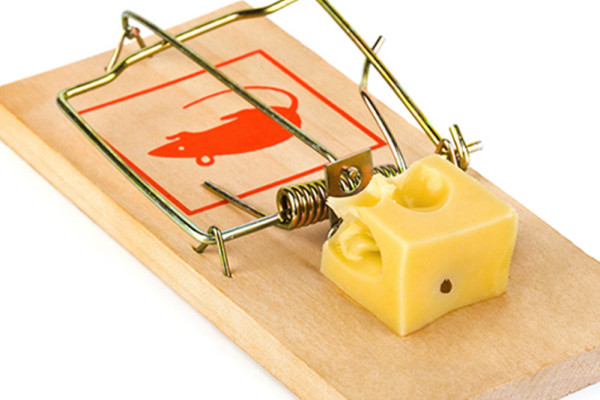

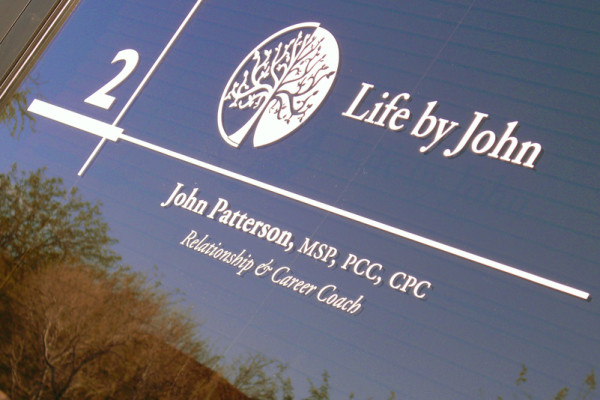
1 Comment. Leave new
What a GREAT article!! You should allow us readers to “Share” your amazingness on social media like LinkedIn (especially). I wish all employers understood this process, having worked in the medical field now for almost 17+ years as a Medical Aesthetician/Laser Tech/Laser Instructor, physicians especially do not understand how powerful these messages are on so many levels. Marketing and creativity invoke a response. What response do you want to invoke?
Thank you for a great article!